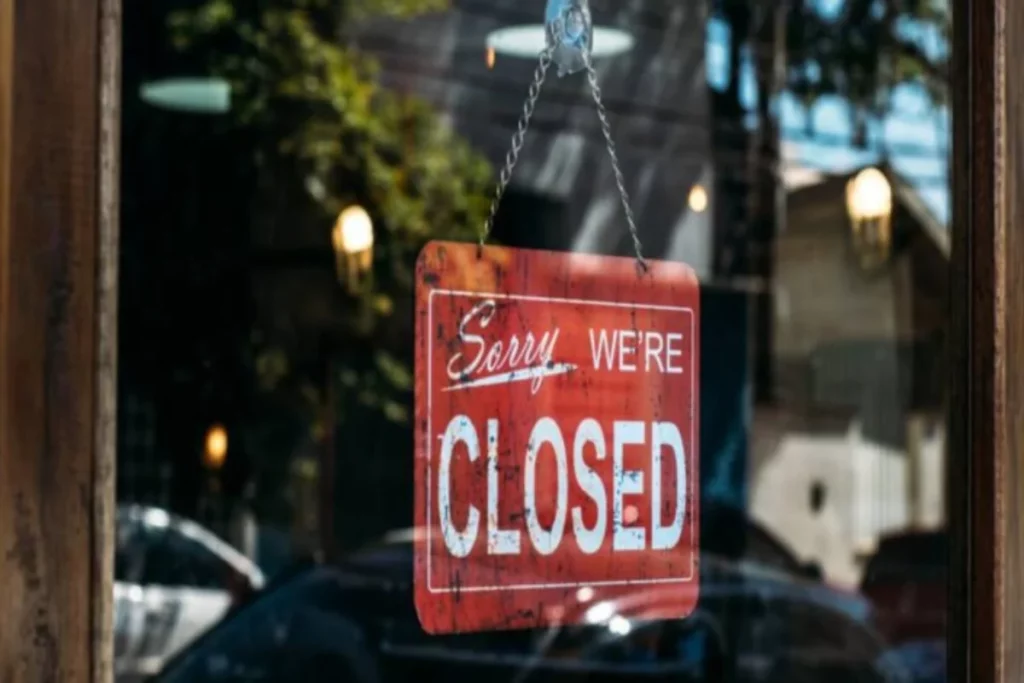- The number of companies that went bankrupt in England and Wales rose sharply in the second quarter.
- This was caused by rising costs, higher interest rates, and a drop in consumer demand.
- The number of forced liquidations was four times higher than last year but still lower than before the pandemic.
According to official data, the number of companies that went bankrupt in England and Wales rose sharply in the second quarter.
This was caused by rising costs, higher interest rates, and a drop in consumer demand.
As per data released on Friday, there were 1,933 registered company bankruptcies in August.
This is 43% more than the same month last year and 42% more than in August 2019, before the pandemic.
The number of forced liquidations was almost four times higher than in August of last year, but it was still lower than it was before the pandemic.
This is because the government helped businesses during the health crisis.
More than twice as many administrations happened as a year ago, but not as many as in 2019.
In contrast, the number of creditors who voluntarily liquidated their accounts increased to 1,662, which is 73% higher than the levels seen before the pandemic and 33% higher than in the same month of the previous year.
This was the main reason why the number of businesses that went bankrupt went up as a whole.
When a company can’t pay its debts, it has to go through a formal process called “insolvency.”
The numbers show that businesses are feeling the effects of the rise in energy prices and other costs, as well as the drop in demand from consumers who are having to cut back on spending.
Separate data released by the ONS on Friday showed that retail sales dropped in August and that nearly half of the population had trouble paying their energy bills.


